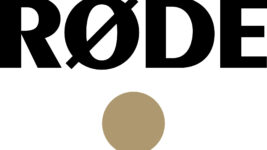PROJECTION
9 Jul 2024
The School Of Cybernetics
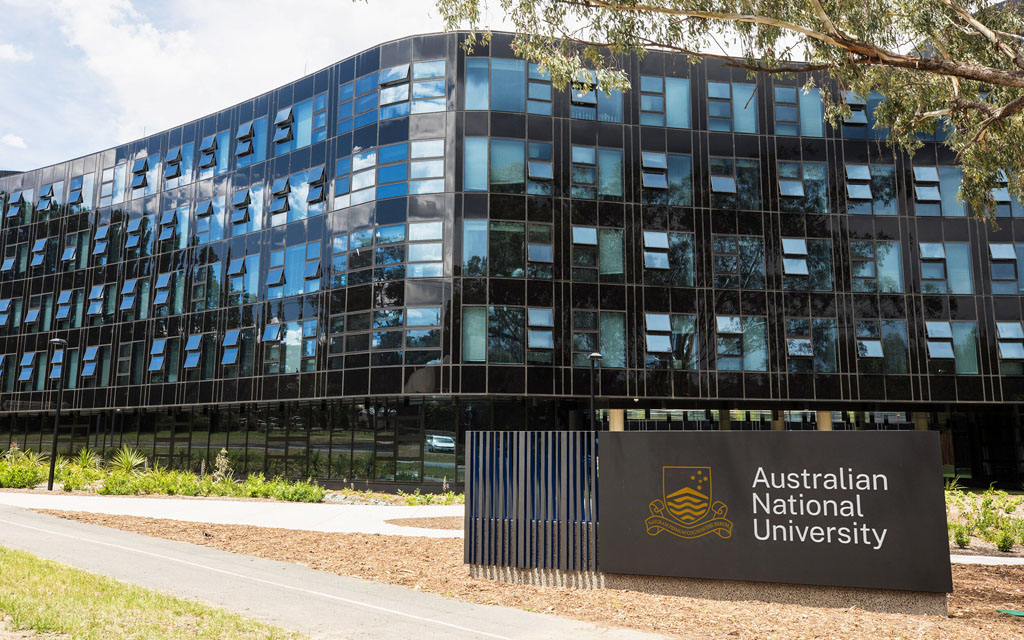
Subscribe to CX E-News
Australian National University
Cybernetics is described as the “science of control and communication in complex systems such as computers, the human body, ecological systems, information systems, government and human cultures.”
Think of Cybernetics as a way of understanding the increasingly complex digital and data-driven technology systems that are influencing our modern world. Just as engineers (and engineering) enabled us to develop new technologies that drove the industrial revolution, so too our future Cybernetics practitioners will draw on their knowledge of computer science, systems theory, psychology, anthropology and more, to design, build, scale, and manage systems super-charged by the likes of AI and the Internet of Things.
The School of Cybernetics at the ANU (Australian National University) has been offering a Masters course in applied cybernetics for the last six years. Students come from diverse backgrounds, but all have a deep interest in how people interact with systems, technology, and the environment in order to develop a toolset and common language that will guide us towards a safe and sustainable future in our digital world.
Unlike many courses these days, the School of Cybernetics favours in-person learning and students have access to lecture theatres, ‘discussion labs’ and ‘build labs’. A large component of the curriculum relies on audio visual aids to deliver content and encourage collaboration.
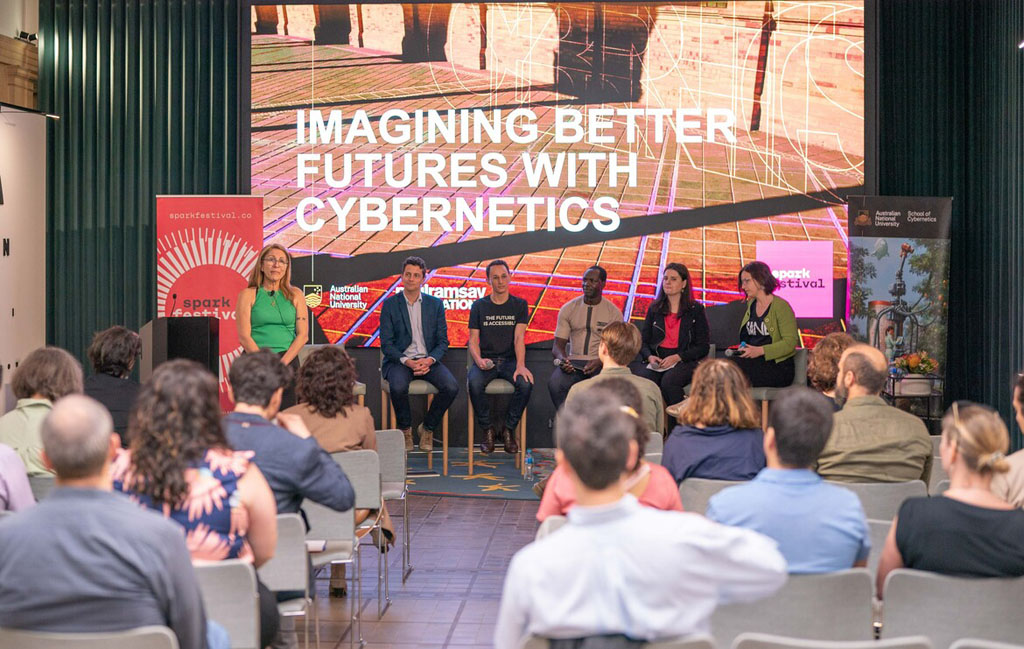
Due to the layout of the school and the various spaces available, they needed a utility projector that could give them maximum flexibility. In addition to having fixed projectors installed in some spaces, the School of Cybernetics opted for several projectors that could easily be setup and cater for a wide range of uses, from large external productions to smaller guest speaker events.

According to Andrew Meares, Cybernetic Futures Lead, “We often have a requirement to present content on behalf of our guest speakers. We chose the Fujifilm Z8000 mainly due to its ultra-short throws lens that allowed us to setup the device behind the speaker, avoiding any shadowing and allowing them to move freely.”
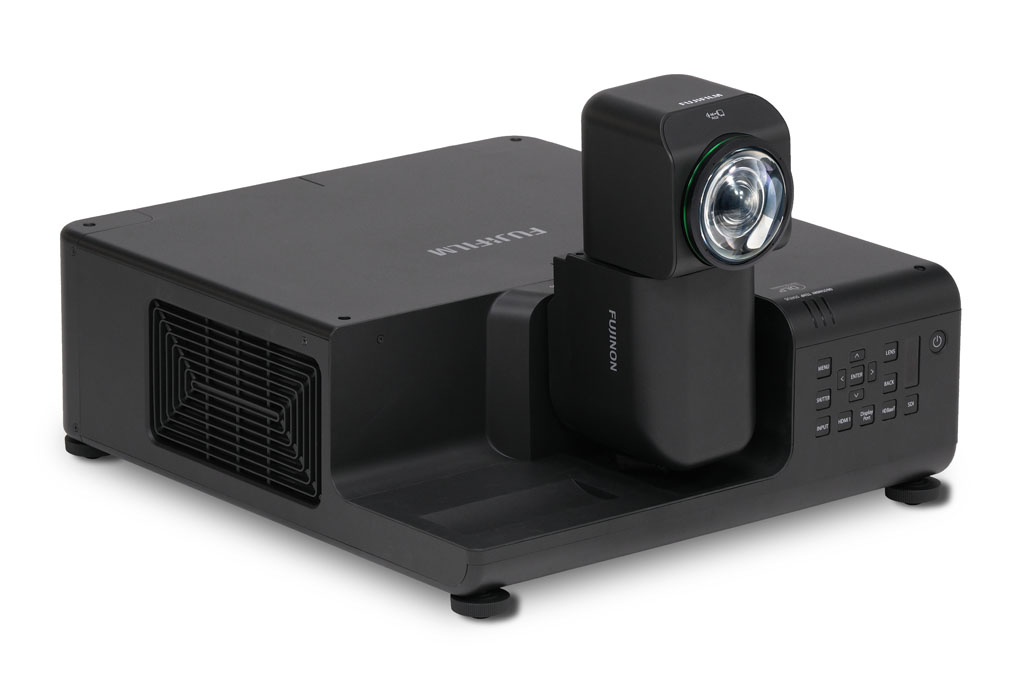
The Fujifilm Z8000 is perfectly suited for this situation due to the smaller overall unit size and the unique lens configuration which eliminates the offset associated with existing mirror-based ultra- short-throw projectors. In fact, the Z8000 models can create a 3.3 metre image at just one metre distance from the screen. Other features that have proven themselves on various occasions are the keystone and image shift capabilities. When projecting onto irregular surfaces the keystone feature can be used to correct any image distortion. This model features 8000 lumens illumination combined with a powerful laser engine that delivers unrivalled brightness and contrast with ‘blacker’ blacks and smooth video replay.
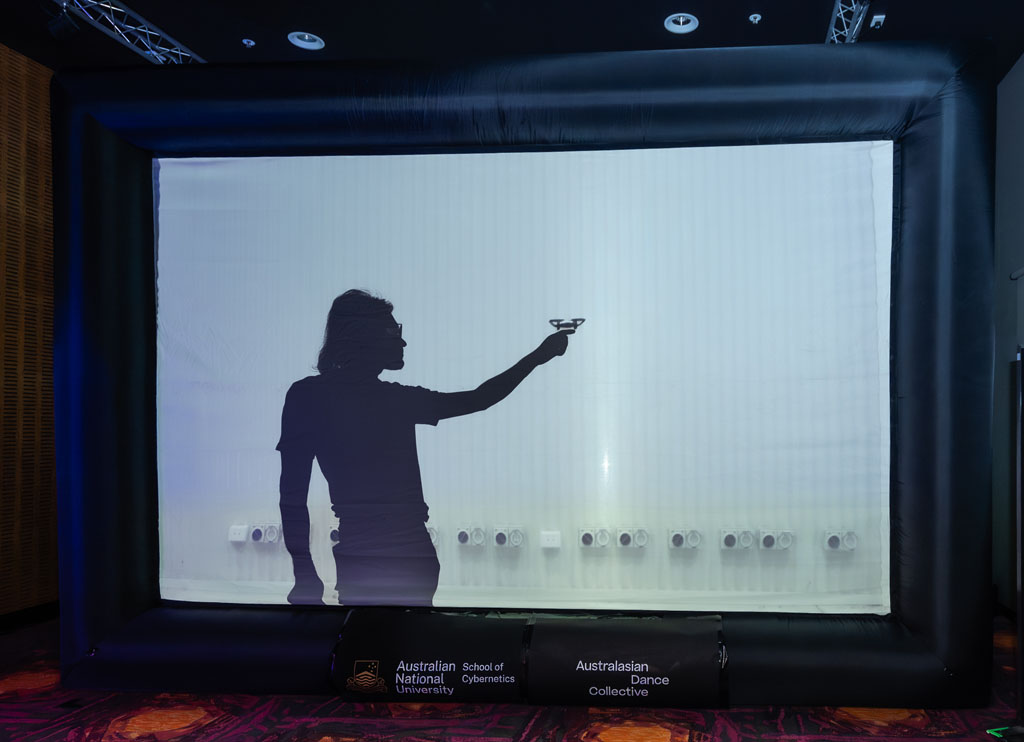
The school is also involved in staging public events arising from research collaboration with various organisations. One such project called ‘Lucie in the Sky’, in collaboration with the Australasian Dance Collective (ADC), became the world’s first artistic project in which drones were choreographed using human and animal movement patterns to perform with human dancers. During the pre and post-show, guests were invited to interact with virtual drones projected onto giant screens using the Fujifilm Z8000, exploring the relationships between people and autonomous systems.
Subscribe
Published monthly since 1991, our famous AV industry magazine is free for download or pay for print. Subscribers also receive CX News, our free weekly email with the latest industry news and jobs.





